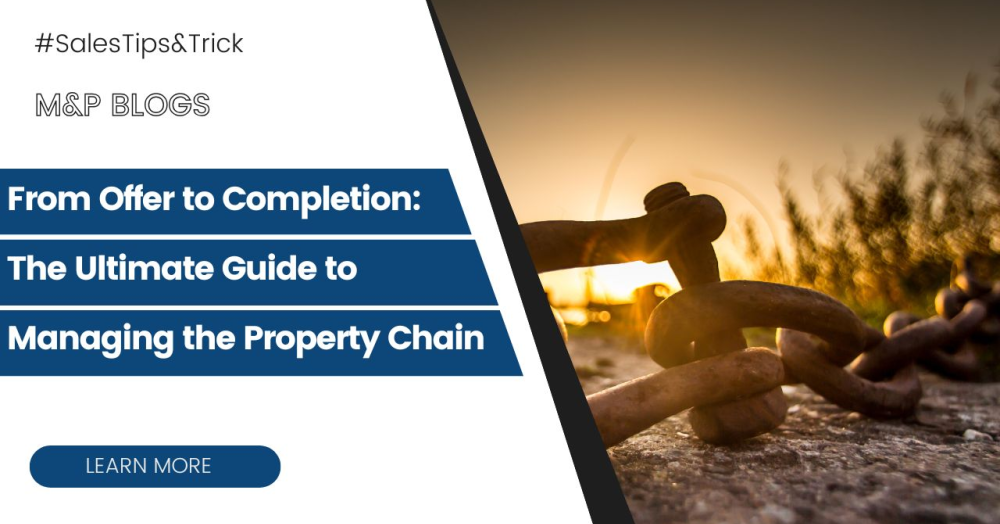Buying or selling a home can be an exciting yet stressful process, especially when you are part of a property chain. A property chain is a sequence of linked transactions where each sale is dependent on the next. If one part of the chain collapses, it can cause delays or even the complete failure of the transaction.
To help both buyers and sellers navigate this journey smoothly, here’s a step-by-step guide on what to do, how to do it, and when to take action.
Step 1: Get Organised Before You Accept or Make an Offer
Sellers:
- Ensure your property is market-ready. Declutter, make minor repairs and get an accurate valuation from a trusted estate agent.
- Instruct a solicitor or conveyancer as soon as possible. They will handle the legal paperwork and can prepare draft contracts in advance.
- Gather key documents, including title deeds, Energy Performance Certificates (EPC), and any guarantees or warranties for home improvements.
Buyers:
- Get a mortgage agreement in principle (AIP) before making an offer. This reassures sellers that you are financially prepared.
- If you are selling a property to fund your purchase, ensure it is on the market and preferably under offer before making an offer on another home.
- Choose a solicitor early to speed up the legal process.
Timing: Do this before entering negotiations to avoid unnecessary delays.
Step 2: Secure the Sale and Keep the Chain Moving
Sellers:
- Be transparent with your buyer about any potential complications (e.g., leasehold details, planning permissions).
- Respond quickly to queries from your solicitor and estate agent to avoid hold-ups.
Buyers:
- Book a survey as soon as your offer is accepted. A surveyor will assess the property’s condition and highlight any concerns that may need renegotiation.
- Ensure your mortgage application is fully submitted with all required documents.
- Stay in regular contact with your solicitor to keep track of progress.
Timing: Do this within the first 1-2 weeks after the offer is accepted.
Step 3: Handle Delays and Negotiations Effectively
Chains often face delays due to slow solicitors, mortgage issues, or survey complications. Proactively managing these issues can prevent a sale from falling through.
Sellers and Buyers:
- Regularly check in with your estate agent for updates on the chain’s progress.
- Be flexible and open to renegotiation if necessary (e.g., price adjustments after survey results).
- Have a backup plan if a link in the chain collapses—this could include looking for alternative buyers or properties.
Timing: Ongoing throughout the process.
Step 4: Prepare for Exchange and Completion
Sellers:
- Confirm with your solicitor that all legal requirements are complete and ensure you are ready to move out by the agreed date.
- Transfer funds to cover any outstanding mortgage balance and other selling fees.
Buyers:
- Ensure your mortgage lender is ready to release funds in time for the exchange.
- Arrange home insurance, as this often needs to be in place from the exchange date.
Timing: The exchange typically happens 8 -10 weeks after an offer is accepted, with completion following 1-2 weeks later.
Final Thoughts
Managing the property chain effectively requires preparation, clear communication, and a proactive approach. By staying organised and working closely with your estate agent and solicitor, you can minimise delays and ensure a smooth transition from offer to completion.
If you're looking for expert guidance on buying or selling your home, M&P Estates is here to help. Contact us today for professional advice and support throughout your property journey.

